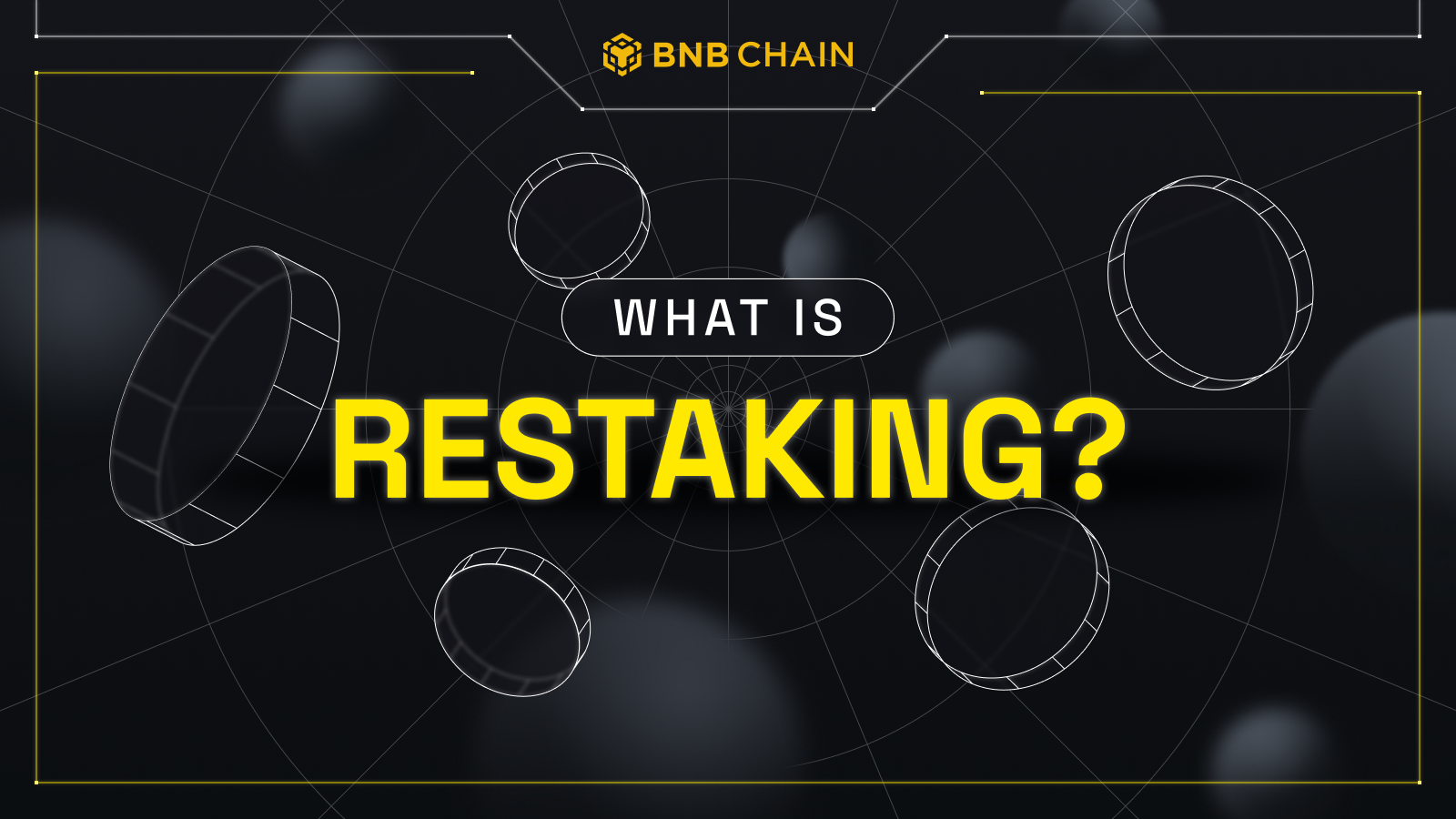Table of Contents

Decentralized Finance (DeFi) is experiencing a resurgence, thanks to a new type of asset called “liquid restaking tokens” or LRTs. The concept of “restaking” has piqued the interest of crypto enthusiasts globally, with billions of dollars being poured into this sector.
This guide will delve into restaking, how it works, its benefits, and potential risks.
What Is Restaking?
Staking plays a crucial role in securing a Proof-of-Stake blockchain. Validators on the network can stake a certain amount of the blockchain’s native token to support network security and earn a passive income.
So that was staking. But what is restaking?
Restaking allows previously staked assets to be staked again on a different platform or program, enhancing the asset’s utility and potential for rewards. This process enables staked assets to be leveraged by other decentralized protocols, offering additional reward opportunities to both validators and nominator stakers.
Restaking protocols have been highly popular over the past year. Since the beginning of 2024, the TVL locked up in these protocols has jumped from $1.01B to ~$8B- as per DeFiLlama. EigenLayer accounts for the lion’s share of this TVL.
How Does Restaking Work?
Two types of restaking options are available to users:
- Native
- Liquid
Native restaking
Native restaking involves using smart contracts to manage assets under a validator’s node, enhancing the crypto-economic security of the assets. Validators participating in native restaking programs must adopt additional node software specific to the restaking module, allowing them to securely offer their staked assets for further utilization within the restaking ecosystem. This process ensures that assets remain secure while allowing validators to acquire additional reward opportunities.
Liquid restaking
The second option is liquid restaking, which utilizes Liquid Staking Tokens (LSTs). In this type of restaking, users stake their assets in an app in exchange for an LP (liquidity provider) token. The user can then stake their LP in a staking protocol.
What Are the Benefits of Restaking?
Some of the main benefits of restaking include:
Flexibility
Restaking grants traders increased flexibility by allowing the use of staked assets in various financial activities without the need to unstake, thereby providing access to liquidity while maintaining the potential for rewards. This flexibility leads to more efficient capital allocation and maximizes the utility of staked assets.
Mitigates shortcomings of traditional staking
Restaking addresses the opportunity cost associated with traditional staking, where assets are locked and inaccessible. It enables token holders to derive liquidity from their assets without foregoing potential rewards, making staking more appealing for those seeking liquidity and flexibility.
Scalable security
Restaking allows protocols to achieve a degree of flexibility regarding security, depending on the network’s demands. Thanks to restaking, protocols can scale up their security when required by contracting validators present in a restaking protocol. Once the security demands are met and the network returns to normalcy, protocols can scale down the security. This allows protocols to take a cost-effective approach to network security scaling.
Security for new protocols
New protocols and networks need help in developing an adequate security system. This is particularly true during the early stages of the protocol. Restaking gives these protocols access to a large set of validators at the beginning of their development, allowing them to strengthen their security significantly.
What Are the Risks Associated With Restaking?
Not everyone in the crypto ecosystem is too pleased about the concept and has voiced concerns about potential issues associated with restaking.
Centralization
One major concern is that restaking could result in stake centralization. This is because validators utilizing restaking services can offer higher APY. As they can offer higher APY, it could attract more delegation to specific validators, leading to a few validators controlling the stake. This could lead to a potential loss of neutrality.
Compounded slashing
Another risk associated with restaking is slashing. Slashing is a punitive measure in proof-of-stake blockchains that penalizes dishonest validators for misconduct by reducing their staked assets and excluding them from the network for a particular amount of time.
This is because restaking terms include extra slash conditions in exchange for the potential of increased rewards. Each protocol has different terms for slashing, and depending on these terms, a validator could lose a significant percentage of their staked assets to slashing.
In Closing
Restaking aims to provide more value to stakers and other protocols. Before the advent of restaking, tokens were locked into a single protocol and were committed to a single cause. Restaking upends this, allowing stakers to provide more services with a single stake and earn greater rewards. This is because restaking protocols turn staked assets into flexible assets capable of committing to other protocols. As restaking continues to evolve, we will continue to see more use cases for staked assets through restaking come to the fore.


